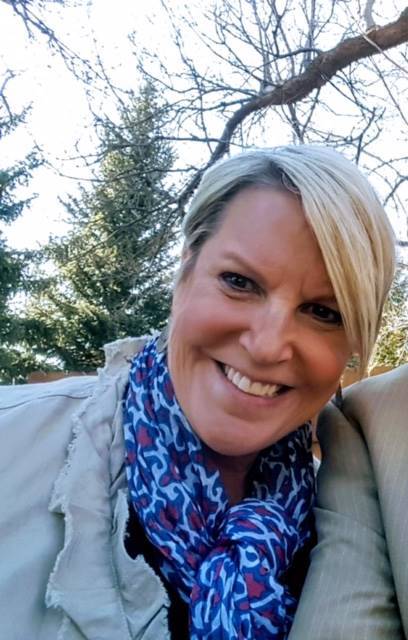Personnel

Dr. Wm. Randall Babbitt
Education
B.S. in Physics, 1982 Stanford University
Ph.D. in Physics, 1987 Harvard University
Research Interests
Professor Babbitt’s main research interest is developing applications of spatial-spectral holography. Spatial-spectral holography combines the spatial storage and processing attributes of persistent spectral holeburning. Spatial-spectral holographic (SSH) phenomenon encompasses optical coherent transients, photon echoes, and time-domain spectral hologram analogous to the manner in which angled beams are recorded in spatial holograms. A SSH material is basically a fully programmable spectral filter with ultra-high spectral resolution and broad processing bandwidth whose impulse response is dictated be the programming pulses and their temporal shapes and their relative delay and directional. An appropriately programmed material processes incoming broadband optical beams by multiplying their Fourier decomposition be the material’s programmed frequency response, resulting in a processed output temporal waveform. SSH materials thus offer an unmatched ability to store, process, and route complex broadband optical signals with precise phase and delay control.
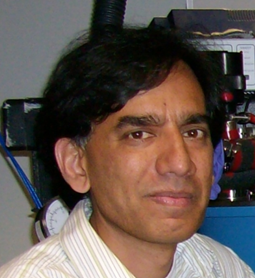
Dr. Krishna Rupavatharam
Education
M.Sc Physics, SSS Institute of Higher Learning, Prashanti Nilayam, India
Ph.D. Physics, Indian Institute of Science, Bangalore India
Research Interests
Krishna's current research is geared towards developing applications of S2 technology.
He has worked on developing a microwave spectrum analyzer for capturing and analyzing
large bandwidth RF signals. Krishna's past research involved modeling and high level
simulation of the S2CHIP as well as the design and implementation. He is also an adjunct
faculty at Lund Institute of Technology and engages in research on quantum information
processing involving rare-earth doped crystals. Krishna joined the Spectrum Lab in
the Fall of 1999 as a research scientist.
Krishna's doctoral thesis dealt with Optical Phase Conjugation and Phase Conjugate Interferometry. The research involved the development of phase conjugate holographic devices using both polymers and photorefractive crystals, transient phase conjugation in polymers, high sensitivity phase conjugate and holographic real-time interferometers.
In 1997, he joined Prof. Kroll's group in Lund Institute of Technology, Lund, Sweden, where he worked on time domain optical data storage and quantum optics of phase memory systems. The research included diverse topics such as single photon self-interference realization, time domain analog of Fresnel to Fraunhofer diffraction transition, bit-selective erasure of photon echo based memories and fiber-based photon echo amplifiers.
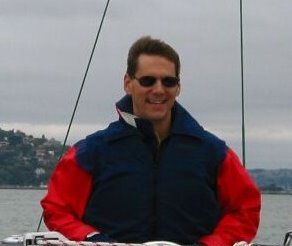
Dr. Christopher Ebbers
Education
B.A. in Physics, Northwestern University
Ph.D. Applied Science- Engineering, University of California, Davis
Research Interests
Christopher Ebbers is a recognized subject matter expert (SME) in lasers and nonlinear frequency conversion and is the recipient of four R&D 100 awards for the technical development of innovative solid state laser components. Formerly a researcher at Lawrence Livermore National Laboratory and adjunct faculty member at Las Positas College, he has mentored and advised several graduate students as well as taught courses on optical instrumentation and high power lasers. His current interests include the application of laser and nonlinear optical technology for remote sensing and quantum communication applications, spanning the GHz (RF) through the THz (optical) frequency range.
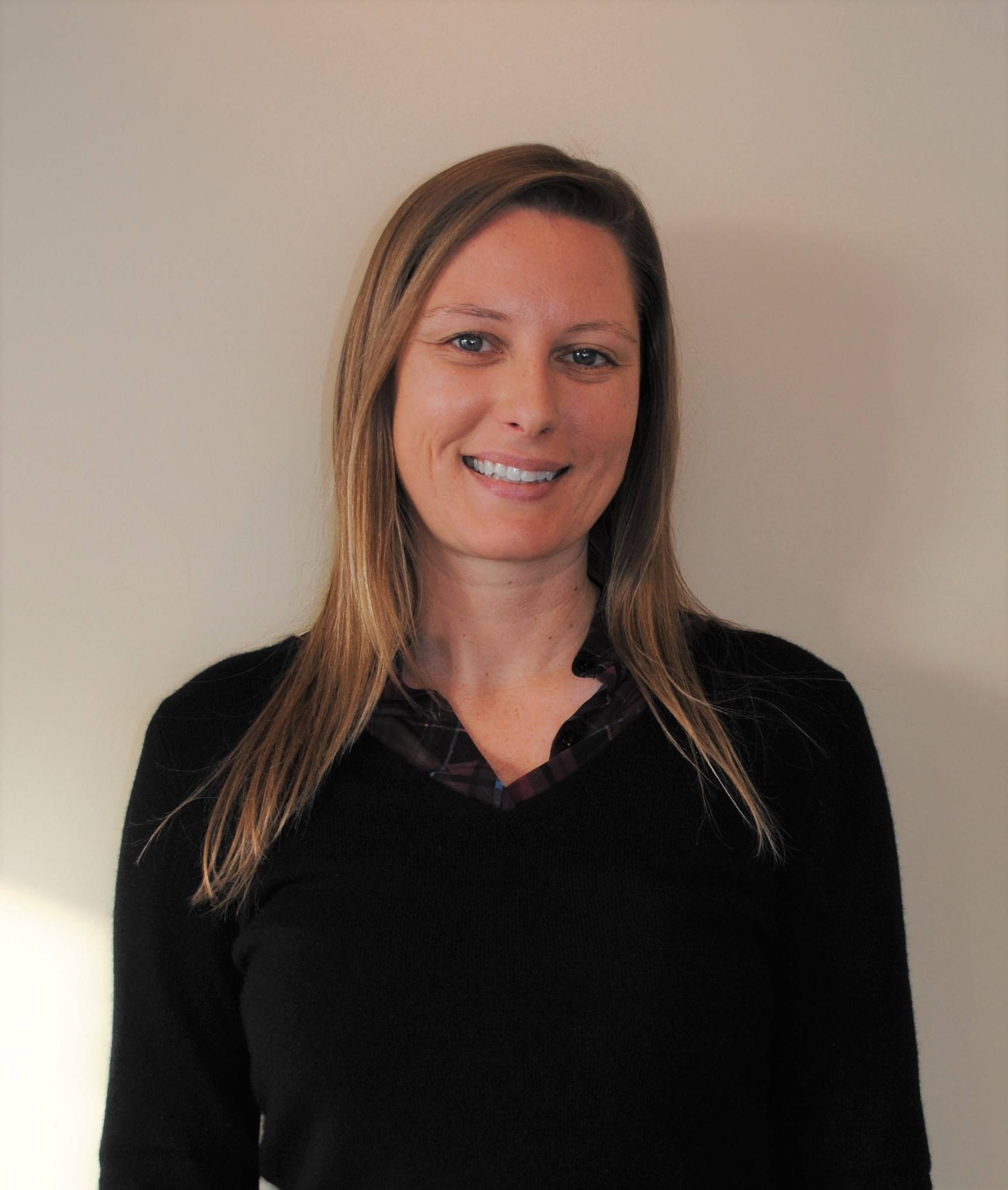
Michelle Milvich
Education
B.A. in Physics, 1997 University of Colorado Boulder
Research Interests
Michelle has an industry R&D background in Lidar and dimensional metrology. She developed FMCW lidar for automotive applications with the team at local company Blackmore Sensors, later sold to autonomous driving startup Aurora Innovation. Before coming to Bozeman she developed proprietary sensor technologies for precision dimensional measurement at a Seattle based subsidiary of Mitutoyo corporation. Her research interests include understanding and making creative use of the properties of light, particularly for lidar and interferometric technologies. She is an inventor on 10 patents. She joined Spectrum Lab in March 2020, and is excited to be performing research in a university setting.
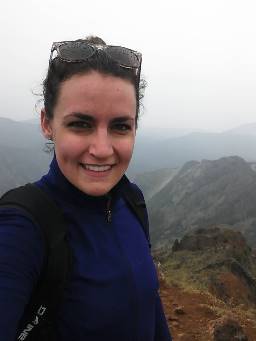
Krista Drummond
Education
B.S. in Electrical Engineering, 2012 Montana State University
M.S. in Optical Sciences, 2014 University of Arizona
Research Interests
Krista has an industry background in high power pulsed solid state lasers and precision current source test equipment for the semiconductor industry. She also has an academic background in polarimetry and polarimetric sensing. Her interests lay in discovering natural sources of interesting polarization properties, and utilizing novel optical illumination for low light biological study. She joined Spectrum Lab in November 2020.
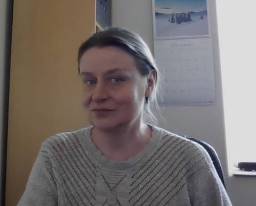
Dr. Ekaterina Ponizovskaya-Devine
Education
M.Sc Physics, Moscow Institute of Physics and Technology, Moscow, Russia Ph.D. Physics, Moscow State Institute of Engineering, Electronics, and Automation, Moscow, Russia
Research Interests
Ekaterina's current research interests are in digital holography, lidar sensing systems, and quantum communications. She has worked on developing and optimization for high speed photodetectors with W&Wsens device. The work involved development of nanostructures that enhance the quantum efficiency of the photodetectors. She was engaged in research of nanostructures for optics and photonics in the University of California, Davis. Ekaterina joined the Spectrum Lab in the Fall of 2020 as a research scientist.
Ekaterina's doctoral thesis dealt with Stochastic Resonance. In 2000 she had jointed The Spanish National Research Council where she studied negative index material.
In 2005, she joined HP Lab where she worked on design, simulations and modeling for modulators and sensors based on negative index material and nanostructures. In 2009 she worked for NASA’s Ames Research Center. The research involved modeling and optimization problems for automation.
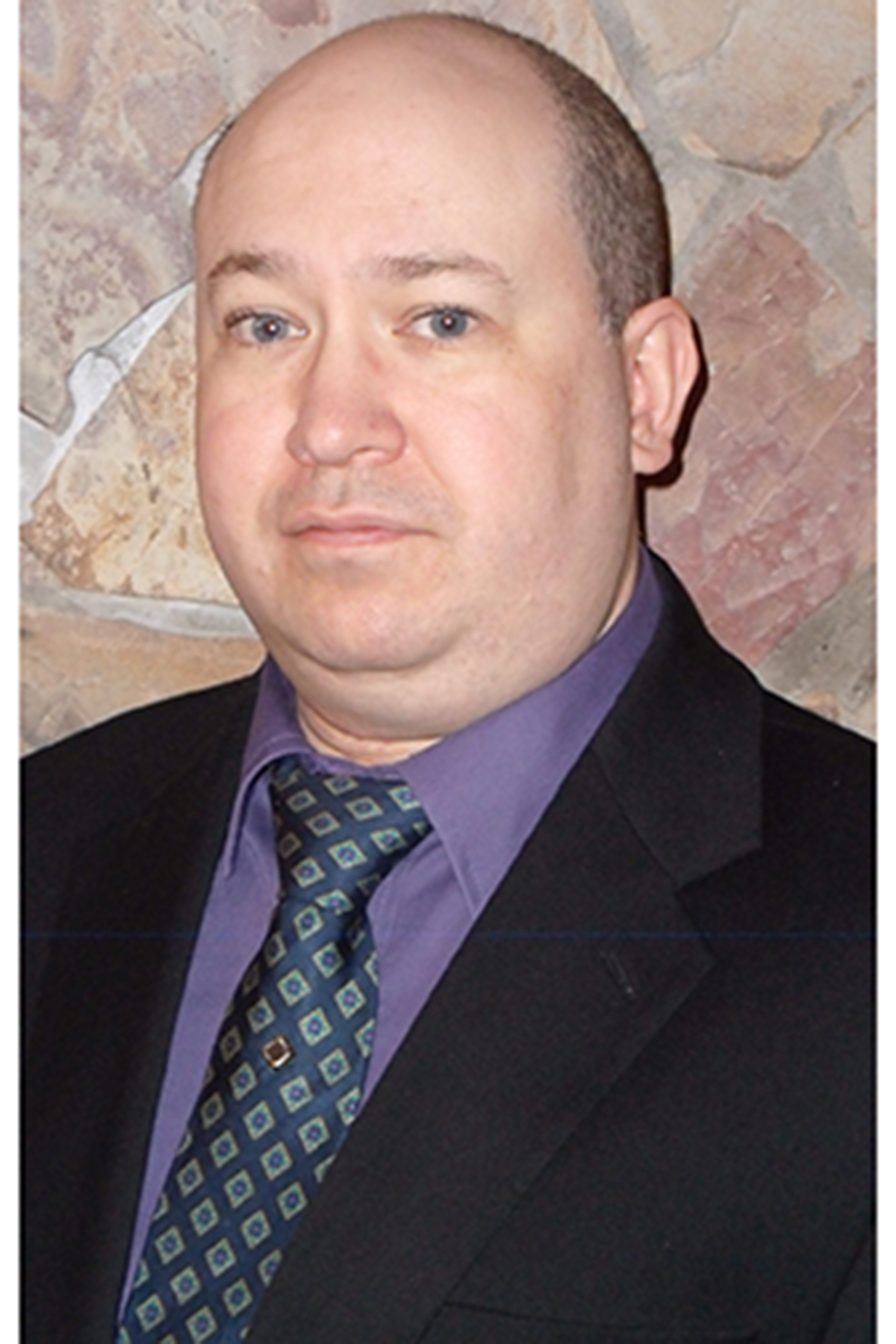
Dr. Charles Thiel
Senior Research Scientist

